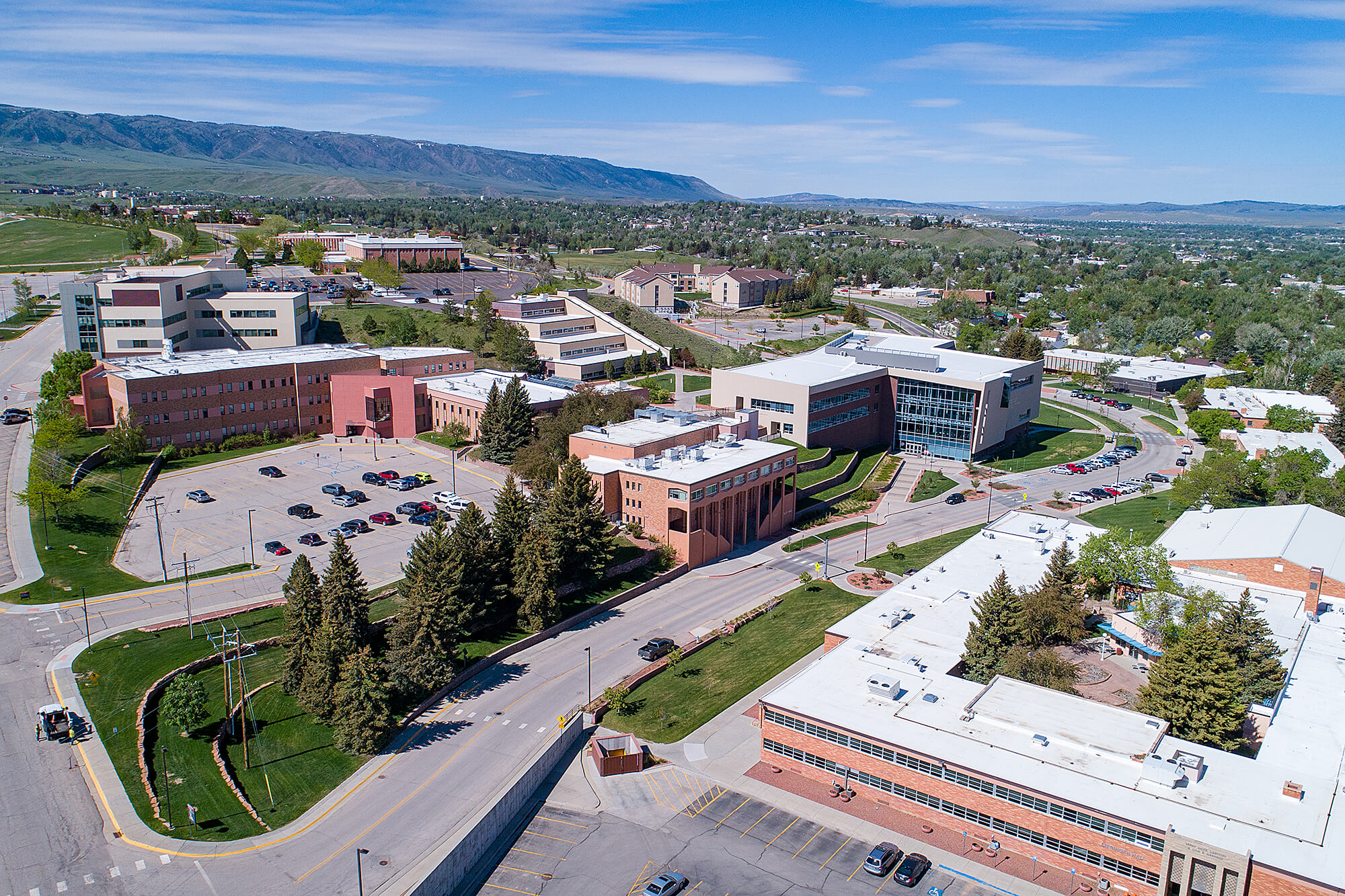Don’t worry! How to choose the best college for you and your future

Are you trying to figure out where you should go to college? Or, maybe you think you already have the perfect college picked out. No matter where you find yourself on the spectrum, the truth is, you won’t really know until you sit down and figure out what the best college is for you and your future.
Wait! Don’t panic. You really can narrow your choices down to those schools that are the best match for you and your needs. Remember, you’ll be spending both your time and your money wherever you go, so it makes sense for your list to include only those colleges that are right for you. And remember, what makes a school the perfect school for one student might make it a nightmare school for you.
So, without further ado, here are the steps to take to choose the colleges that are the best ones for you to apply to.
- Start Early
Start this list before your senior year in high school begins. That way, you will give yourself plenty of time to chart out where you would like to go, make your application deadlines, and start figuring out your finances for school. If you are reading this and you are already in your senior year, then get started ASAP!
- Talk to Others
Talk to trusted sources about their college experience. These sources can be your parents, relatives, school counselor, favorite instructor, etc. Visit with these people about their college experiences. What would they do differently, if anything, if they knew then what they know now? How did they decide on their major? Assuming they know you well, what major do they think might work for you? Are there any schools they might recommend?

Speaking of schools, according to the U.S. Department of Education, there are more than 4,000 degree-granting universities and colleges in the United States. This number includes public and private schools. There’s a lot to choose from! Do you already know of some schools that you think you might like to attend? Write them down. Yes, “them.” Don’t limit yourself to a few schools. Remember, you’ll want to be able to check out as many as possible to make your best decision.
Some people like to pick their choices from magazine or website ranking services. Just remember that each magazine and website that ranks colleges select different features and use different methods to determine which schools make their list. Don’t use these rankings as your only guide, but instead, do thorough research for each school and know why you would want to apply to each institution.
Another place to find schools is to check out College Navigator. This site is run by the National Center for Education Statistics, the evaluation, research, and statistics arm of the U.S. Department of Education.
3A. Community College Might be a Great Option
If you know what you want to major in, good for you! But if you don’t, that isn’t a big deal. Most high school students don’t know, and some won’t know until they have a year or two under their belt. Most colleges and universities don’t require you to declare a major until your sophomore or junior year. That’s why for many, attending a community college makes sense. At a community college, like Casper College, students can get their general education requirements, things like English, math, U.S. history, physical education, etc., out of the way.

While working on those general education requirements, you will also have the opportunity to take classes pertaining to what you think you want to major in or what you are interested in. Often, you will discover a passion you didn’t know about, or you may confirm what you really love or really hate!
The other nice thing about attending a community college for your first two years is the cost factor. Community colleges cost less to attend than four-year colleges and universities, and many will provide you not only a high-quality education but a big-school experience, too. Many community colleges boast intramurals, student clubs, residential housing, mental and physical health facilities, and college athletic teams. For example, Casper College has six Division I National Junior College Athletic Association teams to cheer on!
Check out this short video of three of our future students who went on a campus visit at Casper College. Whether you go to Casper College or not, you can hear first-hand why a visit to the schools you are interested in is so helpful.
- Create Your List
Now that you have picked your colleges to consider, you need to create your list. One way to create your list is to make three columns on a notepad or computer. The first column will contain the names of those schools that are your top choice but hard to get into. The next column will contain those schools that aren’t as hard to get into, and the last column is for those schools you can definitely get into. While not containing your top choices, the last two columns are still colleges that you would be happy to attend and will receive a great education from. Ideally, you will want two to three schools in each column. This amount gives you the cushion you need if some schools don’t make it through steps 5 through 11 or if you don’t get accepted to some of the schools you apply to.

- Accreditation
Accreditation is an important piece of the puzzle. Accreditation simply means that a school has taken the time to undergo a rigorous assessment from an outside organization to certify that the curriculum offered at that school is in line with regional and national standards. Why is this important, you may be wondering? One of the big reasons is that the U.S. Department of Education won’t provide loans or grants to students attending a school that is not accredited. Attending an accredited school also means that your degree will be recognized by other colleges and universities as well as employers.
Schools can have national or regional accreditation. While both are legitimate, you probably want to make sure that your schools of choice are regionally accredited. Typically, regional accreditation is a more reliable indicator of a school’s academic quality. In addition, individual programs or departments within the school may also be accredited by an outside organization specific to that program, like nursing, business, etc. To check and see if the schools on your list are accredited, go to that school’s website and search for “accreditation.” Another good place to check is the U.S. Department of Education’s Office of Postsecondary Education accreditation database.

- Academics
For each school, check out the number of degrees offered and the number of majors and minors, especially as they relate to your interests and goals. If you’d like to discover what college majors match what careers, check out the U.S. Bureau of Labor Statistics “Linking College Majors to Careers.”
Faculty shape the academics of any school. Are the classes taught by full-time faculty members, by grad students, or adjunct faculty? Who teaches may or may not matter to you, but remember, larger universities tend to be more focused on research, which usually means that faculty members engaged in research tend to delegate the teaching to graduate students, especially freshman- and sophomore-level classes. Typically, smaller colleges and community colleges aren’t focused on research but on the classroom, which should provide you with more access to your professors.
- Type and Size
As noted earlier, there are more than 4,000 schools to choose from. Schools range from small liberal arts colleges with less than 500 students to large state universities with enrollment exceeding 25,000 students! Many schools are public and tend to cost less than private schools, although some private schools can make up that difference with scholarships. Large schools sometimes have more amenities and nationally ranked athletic teams, but smaller schools often make up for that by providing a more close-knit atmosphere. If you don’t like crowds and lots of people, then a large school is likely not for you. At smaller schools, the professors, and even your fellow students, will tend to know your name, and you’ll often run into them on campus and at campus events. However, one thing to keep in mind is that the smaller the school, the fewer majors you will often have to choose from.

- School Location
Do you want to live in a rural setting, a small city setting or a large city? In a big city, of course, you will have more things to pull you away from your studies and potentially spend money on because you will have access to various fun activities, including concerts, art exhibits, shopping, nightlife, etc. But you could also be happy at a rural school where you don’t have all the distractions and noise of a big city. There are also schools located in a suburban or small-city setting that provide you with some activities but are also close to a big city if you want some big-city atmosphere.
You also need to consider the distance from home. Will you be OK with thousands of miles between you and your family? The farther away from home you are, the less likely you will be able to visit very often. And what about the major holidays? Can you or your family afford to fly you home if you are far away? If you want to go home for the weekend, then a school far away will not be a good choice.
What types of housing situations exist at each location? Residence halls, on-campus apartments? Or, do you want to live off-campus? What about transportation? Will you have your own car or will you have to depend on public transport and others to help you get around? If you are without a car, check to see if the schools on your list have a transportation system that you can take advantage of.
Oh, and don’t forget about the weather! If you can’t handle heat and humidity, then don’t choose schools in that type of climate — ditto with snow and cold or any other climate feature that you don’t like.
If you decide after a semester or two that you love the school but hate the environment, or vice versa, consider transferring. Better to be happy for the four or more years you will be attending than miserable.
- Cost
Remember, choosing a college in or near your hometown typically costs less to attend than an out-of-state school. There are exceptions because you may find that a school in another state costs less to attend than in-state schools. Costs to attend community colleges tend to be less than four-year schools, and private schools are usually the most expensive. By checking the websites of the colleges you are interested in, you can also find out about the costs of textbooks, fees, food, housing, and any other possible expenses. If you are wondering, fees typically cover things like computers, health services, student clubs, extracurricular activities like intramurals, art productions, and sports.
Also, remember that where the school is located can add to the cost. For example, if you plan to live off-campus, rent will be more expensive in large cities such as Los Angeles, Denver, New York, etc. Typically, going to an out-of-state school will be more expensive, and you’ll likely spend more on the cost of living, too.
According to the National Center for Education Statistics, “For the 2018–19 academic year, annual current dollar prices for undergraduate tuition, fees, room, and board were estimated to be $18,383 at public institutions, $47,419 at private nonprofit institutions, and $27,040 at private for-profit institutions.” To find out in more detail the exact costs of each school you are interested in, check its website under “Tuition Rates.”

- Financial Aid and Scholarships
Don’t assume that you can’t attend a certain college because of the tuition cost, however. Just be sure to fill out the Free Application for Federal Student Aid or FAFSA. By filling out the FAFSA, you’ll be able to see if you qualify for grants, student loans, and work-study jobs. Also, be sure to check out the scholarships that are available to you at each school. Once you have finally selected the top schools of your choice, be sure to apply for scholarships. Unlike many other types of financial aid, you don’t have to pay back your scholarships.
- Check Out Each School
Be sure to carefully look over the websites of each school you are considering. If the school offers a viewbook or other material for potential students, be sure to ask for them. However, don’t just go by what the brochures and viewbooks say. It would be best if you planned on visiting each school you are considering. Of course, it might not be financially possible to visit every one, so be sure to check out the virtual tour option that most schools offer.
If you can visit in person, check to see if you can meet with any of the instructors in the areas you are interested in. Talk to current students to get their impressions of the school. If you plan on living on campus, try to have lunch in the cafeteria. Be sure to check out the available accommodations, such as whether each room has its own private bathroom or if you must go down the hall and use the shared facilities. How modern are the living spaces on campus? And what about the classes, library, cafeteria, student gathering spots, etc.? How do they stack up to the other schools you have visited?
Next, how can each school help you? Does the school offer mental and physical health services? What about tutoring and labs to get the extra help you might need in a particular subject like writing or math? What about career advising? These are also important areas of a campus to check out and know that they are readily available to you if needed.
- Final Steps
Once you have gone through these steps, you need to apply to the top two or three schools in each category on the list you created in step No. 4. There may be schools that you apply to that don’t accept you. Don’t be bummed out. Some schools are very selective and only accept 1% or less from the applicant pool. On the other side of the coin, some schools have an open enrollment policy and may only require you to have a high school diploma or equivalency certificate. Typically, these schools are just as good as the ones with a low acceptance rate. And, if you have done your homework, you will know that all the schools remaining on your list are high caliber and are right for you. Then, from all the schools that have accepted you, you now need to make the big decision and decide which school you will attend. Good luck!
